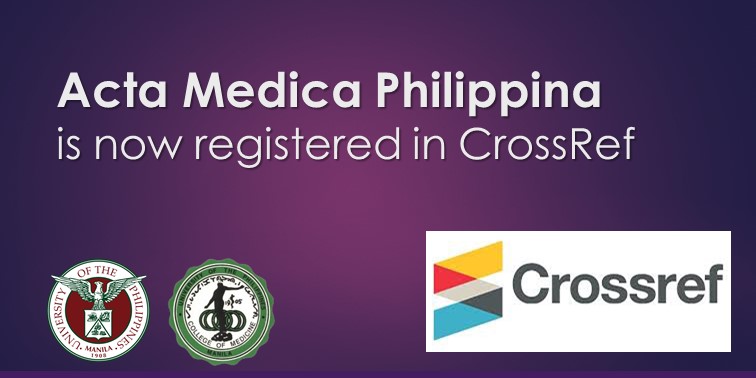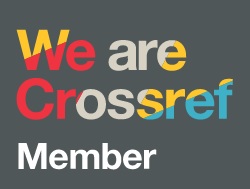Design of a Novel, Modular, Mouth Retractor: A Concept Testing Study
DOI:
https://doi.org/10.47895/amp.vi0.11887Keywords:
mouth retractor, mouth gag, Dingman retractor, 3D printing, medical deviceAbstract
Background and Objectives. Mouth retractors are essential in ensuring efficient yet safe exposure of the oral cavity and oropharynx. However, when applied improperly or haphazardly, retractors can cause tissue injuries and compromise patient safety. In addition, there are gaps in the usability of existing designs. This study aimed to identify the issues encountered by otorhinolaryngology surgeons in the use of commercially available mouth retractors, design and fabricate an improved retractor, and explore the use of additive manufacturing (popularly known as 3D printing) for retractor prototyping.
Methods. The study used the United States Food and Drug Administration (US FDA) Design Control as its framework. End-user requirements from otorhinolaryngologists were collected through key informant interviews. Results were organized into a Design Input template which was used to guide the design and development process. Prototype designs were iteratively created using computer-aided design software and 3D printing. Once design specifications were satisfied, a beta prototype was fabricated and given to another cohort of otorhinolaryngologists. The participants assessed the usability of the beta prototype. System Usability Scale (SUS) was used to quantify participant's feedback.
Results. Five designs were created in the course of the study. The final prototype was fabricated using a Stereolithography (SLA) 3D printer. Several features were developed to address user requirements. The primary modification was to make the retractor modular to facilitate easier and shorter mounting and assembly. Gingival injury was addressed with the replacement of the maxillary alveolus hook with support bars. Five participants evaluated the beta prototype which received a mean SUS score of 75, well above the 50th percentile threshold.
Conclusion. This study demonstrates the applicability of the US FDA Design Control Process in the local setting to improve the mouth retractor design. Clinical and ergonomic issues were identified and design solutions were proposed and some have been implemented in a low-fidelity prototype. Results of the small-scale usability test suggest that the present form factor can be the basis for further iterations. Future studies can implement the proposed features to address other clinical and ergonomic needs.
Downloads
Published
Issue
Section
License
Copyright (c) 2025 Acta Medica Philippina

This work is licensed under a Creative Commons Attribution-NonCommercial-NoDerivatives 4.0 International License.




.jpg)



